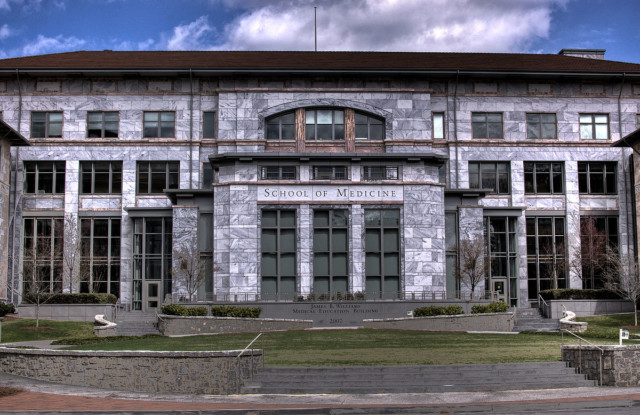There may be new hope for those suffering from a fatal brain disorder called Huntington’s Disease. Recent research at Emory University, using a groundbreaking gene editing tool called CRISPR-Cas9, has provided new insight into how the disease works, and possible ways to reverse its cruelest effects.
Huntington’s Disease is a genetically inherited condition that leads to nerve cell destruction in the brain. Symptoms, which usually appear in mid-life, include uncontrolled muscle movement, balance issues, mood swings and cognitive decline. Though rates and recording vary from country to country, approximately 30,000 in the U.S. currently suffer from the disease.
While there is no known cure for Huntington’s, a recent study by Chinese scientists at Emory University in Atlanta, Georgia is showing promise. Early results suggest possible treatments for the disease and a path to preventing its occurrence in the first place.
The research is part of an ongoing medical collaboration between the U.S. National Institute of Health (NIH) and the National Natural Science Foundation of China. Under this program, both the U.S. and China contribute funds and scientists for research in both countries.
Using the revolutionary gene editing technique known as CRISPR-Cas9, researchers at Emory were able to reverse the effects of Huntington’s in test mice.The mice had been genetically modified to carry a human version of the hungtingtin gene that causes the disease. While considered essential for nervous system development in early life, a mutated huntingtin gene can also produce toxic proteins that cause neural generation.
After nine months, when the mice developed the animal version of Huntington’s Disease, researchers used CRISPR-Cas9 to replace the mutant gene with a normal one and then reintroduce the repaired DNA into mice.
Weeks after treatment, the brain-damaging proteins had almost disappeared and motor functions of the mice dramatically improved—though not to the same level in healthy control mice in which Huntington’s hadn’t been induced.
While the results show promise for future human trials involving humans, clinical trials remain a long way off. The long term effectiveness and safety of CRISPR-Cas9 is still under review.
The study’s senior author Dr. Xiao-Jiang Li, PhD is optimistic. “The findings open up an avenue for treating Huntington’s as well as other inherited neurodegenerative diseases, although more testing of safety and long-term effects is needed,” said Xiao-Jiang.
In addition to developing a treatment for victims of Huntington’s, the Sino-U.S. research group hopes to develop ways to reduce the risk for people who are genetically predisposed to developing Huntington’s.
Last year, the same group of Emory researchers had shown they could delete the huntingtin gene in mice older than four months without any known adverse effects. Younger mice without this gene developed fatal pancreatitis. The findings suggest it may someday be possible to safely shut off the gene in adult humans, as well.
Full results of the group’s research was published June 19, 2017 in the Journal of Clinical Investigation.
MORE ON CRISPR:
CRISPR-Cas9 is a recently developed gene editing technique that has received worldwide attention because of its relative technical simplicity and wide applications. It is being used in research throughout the world in areas including agriculture, creating new and effective drugs, as well as treating a wide array of genetic disorders.
Defective genes can cause disease. Researchers can use CRISPR Cas-9 like a surgeon uses a scalpel—slicing out bad DNA from a damaged genome. Molecular biologists can also transplant normal genes into cells—replacing damaged or mutated DNA with a new sequence assembled in a lab.
WATCH: CRISPR-Cas9 explained
A visualization from the McGovern Institute at MIT explains the science and approach of CRISPR-Cas9.
As the technology advances, scientists hope to someday use CRISPR-Cas9 to create gene therapies that can prevent other inherited diseases, including sickle-cell anemia, Parkinson’s disease and cancers that appear to have a genetic component like colon cancer.
 CGTN America
CGTN America



